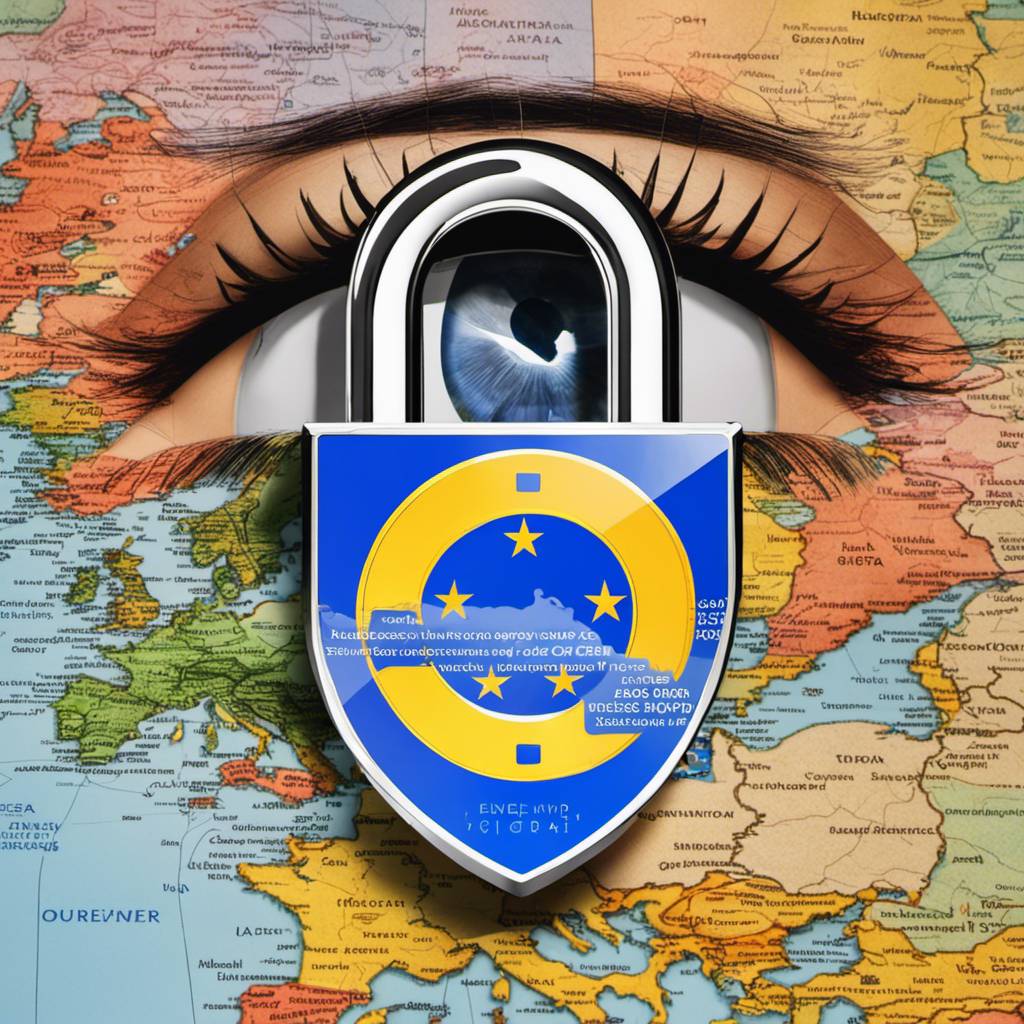Title: Understanding Website Access Restrictions in the EEA Due to GDPR
In the fast-paced world of electronics, computers, and programming languages, the importance of digital privacy cannot be overstated. As consumers, we often find ourselves on the receiving end of various data protection regulations. One such regulation is the General Data Protection Regulation (GDPR), enforced within the European Economic Area (EEA), which includes all member states of the European Union (EU). This regulation has led to some websites restricting access from countries within the EEA.
The GDPR is a comprehensive data protection law that came into effect on May 25, 2018. It was designed to harmonize data privacy laws across Europe, protect and empower all EU citizens’ data privacy, and reshape the way organizations approach data privacy. As a result of this regulation, certain websites may not be accessible from countries within the EEA.
The GDPR has a broad scope and applies to all companies processing and holding the personal data of subjects residing in the European Union, regardless of the company’s location. This means that even if a company is based outside of the EEA, it must comply with the GDPR if it handles, stores or processes personal data of individuals within the EEA.
Non-compliance with the GDPR can lead to hefty fines. Companies can be fined up to 4% of their annual global turnover or €20 million (whichever is greater) for breaching GDPR. This is the maximum fine that can be imposed for the most serious infringements. There is a tiered approach to fines, meaning that a company can be fined 2% for not having their records in order, not notifying the supervising authority and data subject about a breach, or not conducting an impact assessment.
The GDPR also strengthens individuals’ rights regarding their personal data. It grants people the right to access their personal data, to know how their data is being used, and to have their data erased under certain circumstances. It also requires companies to protect individuals’ data from misuse and exploitation.
If you are trying to access a website from within the EEA and find that access is restricted, it is likely due to the website’s non-compliance with GDPR. The website may not have the necessary safeguards in place to protect your personal data, or they may not want to risk potential fines associated with GDPR violations.
While this might be frustrating, especially for those interested in electronics, computers, coding, or other technology-related topics, it’s important to remember that these regulations are in place for your protection. The GDPR is designed to give you more control over your personal data and protect your privacy.
If you encounter a website that is not accessible due to GDPR restrictions, you can reach out to the website’s support team for assistance. They might be able to provide you with information or resources that you need, or they can help you understand why access is restricted.
In conclusion, the GDPR is a significant step towards data protection and privacy for individuals within the EEA. While it might cause some inconvenience in terms of website accessibility, it ultimately serves to protect users’ personal data. As consumers in the world of electronics and technology, it’s crucial that we understand these regulations and their implications on our digital lives.
